What does the literature say about the issue, topic, or theme identified?
Research Document:
https://docs.google.com/document/d/1e_P_2eZq46mVg8lXla-0irCsTeHoReweZ-CbVOpbtpU/edit?usp=sharing
Our Process:
We started researching, and found that there wasn’t much on our initial topic. We struggled to find research about how to apply artificial education in education. We wanted to take two different approaches, one for each of us; Jacquie would focus on the benefits of AI from a teacher’s perspective, I would focus on the students’ perspectives. During one of our Zoom sessions, Michael clarified our research project direction and we changed direction. That is, he defined our project as being based not on the TOPIC of AI, but instead, the RESEARCH behind AI. We decided that we would let the research guide us.
Initially, I wanted to use this research paper:
Yu, H. (2023). Reflection on whether Chat GPT should be banned by academia from the perspective of education and teaching. Frontiers in Psychology, 14, 1181712. https://doi.org/10.3389/fpsyg.2023.1181712
Here was my summary of the empirical evidence gathered:
The emergence of AI has created quite a stir in the educational community and this paper outlines the dichotomous nature of the topic. While many see the benefits of the technology, others believe it creates more harm than good. “Some people believe that the development of AI technology should be supported and encouraged rather than restricted and hindered, while others believe that the rapid development of AI technology may bring enormous challenges and risks to humanity, which needs to be handled with caution.” (Yu, 2023, p. 3) The research paper outlines some specific positives for teachers, including: keeping up with social demands, providing students with more “efficient, interesting and practical learning experiences (Else, 2023). The main negative for teachers is they are struggling to differentiate between what was authentically made by the student, and what was created using AI. Positives of AI for students include time saving, and “increasing users’ interest and motivation for continuous creation.”(Yu, 2023, p. 5) The main concerns around students using AI consistently is that they will become reliant on the technology and lose the ability to think for themselves, “for example, over-reliance on AI technology could weaken students’ independent thinking” (Yu, 2023, p. 5) Although the article outlines the potential pitfalls of the reliance on AI, the underlying message and theme was that AI is here to stay. Instead of fighting the technology, “it is a better choice to integrate these tools into the education system, allowing students to learn and use them in a correct and responsible environment. However, it is essential to balance the rights of students to independently use these tools with the requirements of academic integrity, so that students can use these tools properly and responsibly. (Yu, 2023, p. 4)
“Plato claimed the use of this more modern technology would create “forgetfulness in the learners’ souls, because they will not use their memories,” that it would impart “not truth but only the semblance of truth” and that those who adopt it would “appear to be omniscient and will generally know nothing,” with “the show of wisdom without the reality.” – Plato
Tufekci, Z. (2022, December 15). Opinion | What Would Plato Say About ChatGPT? The New York Times. https://www.nytimes.com/2022/12/15/opinion/chatgpt-education-ai-technology.html
Research context:
The article makes reference to forty-seven different research papers. One of those papers, titled, “A Comprehensive Survey on Pretrained Foundation Models: A History from BERT to ChatGPT” shares research from nineteen different researchers, spanning a global approach; collecting data from their experiences at nine different universities.
We then decided to do more exploring, and I discovered the paper I used in our presentation: Choi, E., Kim, J., & Park, N. (2023). A Case Study of SW · AI Education for Multicultural Students in Jeju, Korea: Changes in Perception of SW · AI. Applied Sciences, 13(17), 9844. https://doi.org/10.3390/app13179844
We then changed our presentation question to ask, “What does the research say about the impact of Artificial Intelligence on Education?”
I found the second research article to be more aligned with our requisites for the presentation; as the exploration was not on the purpose of AI, but rather, an in depth analysis of HOW the research was conducted.
I focused on:
- Creating a Summary
- Identifying the Research Problem
- Identifying the Research Methodology
- Research Analysis: Qualitative and Quantitative
- Research Participants, including Background Variables such as Gender & Grade
- Summary of Empirical Evidence
- Conclusion
Jacquie and I worked together, by adding comments to google documents and our google slides presentation. I enjoyed opening our shared documents and seeing our progress. We worked to create thematic cohesion in our presentation. Jacquie was a strong partner, giving me critical and constructive feedback. She has incredible insight, and is brilliant at refocusing our research and letting the curriculum guide us. I am thankful for her insights and contributions.
Overall, I learned that I am more interested in AI than I originally thought. I even emailed my principal over the weekend and suggested the idea of starting a program at our school. Perhaps I can create an “Introduction into AI” course for our school. I am even considering using this direction for my project next year. We need more structure around the integration of AI into our classrooms and I’d like to learn more about how this might look in practical application.
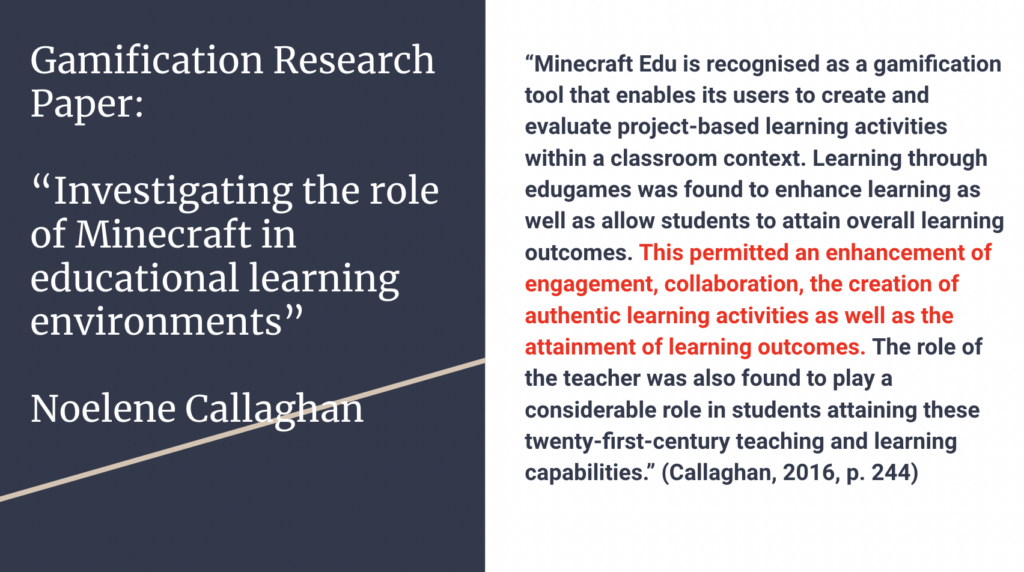
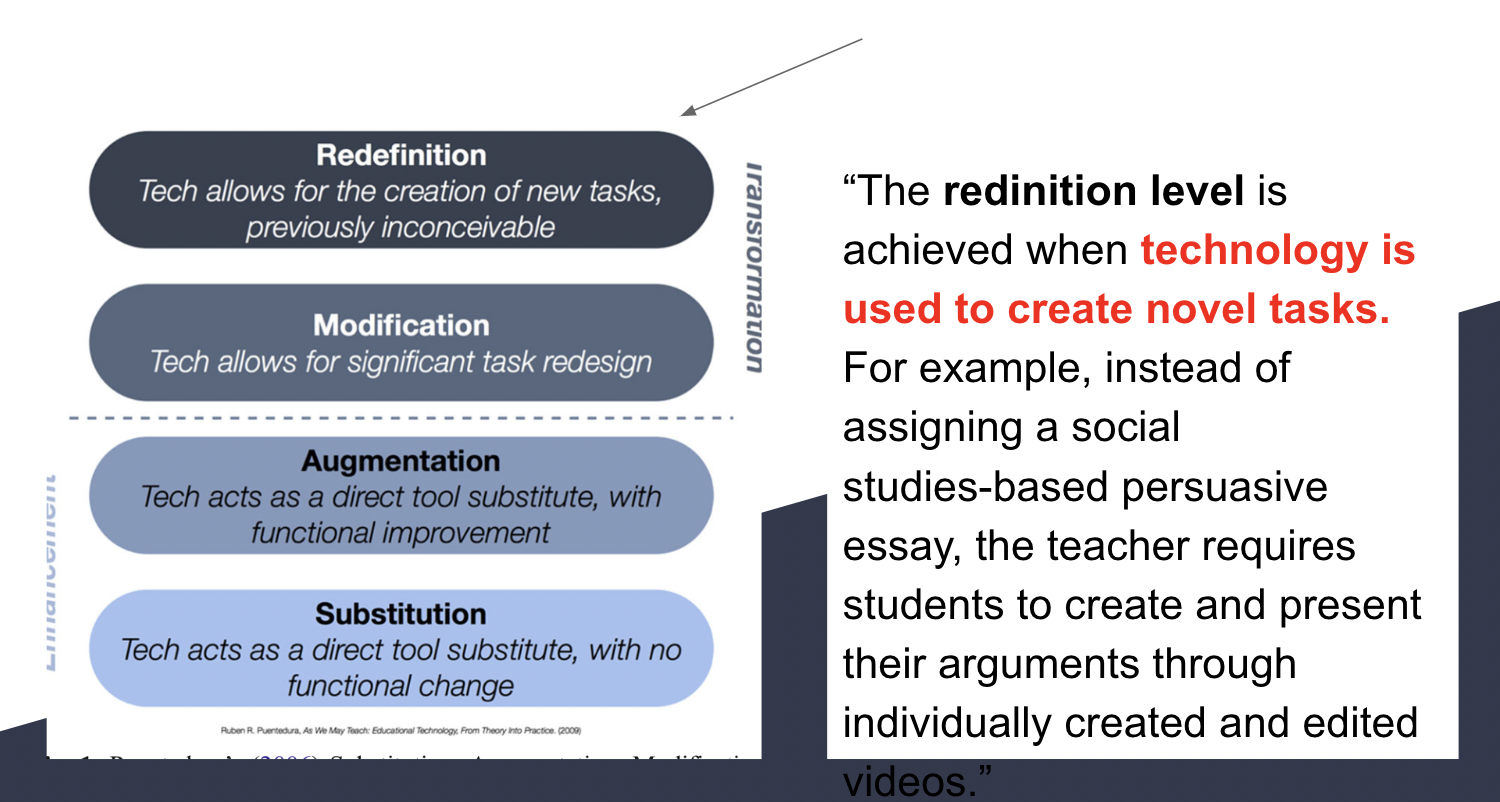
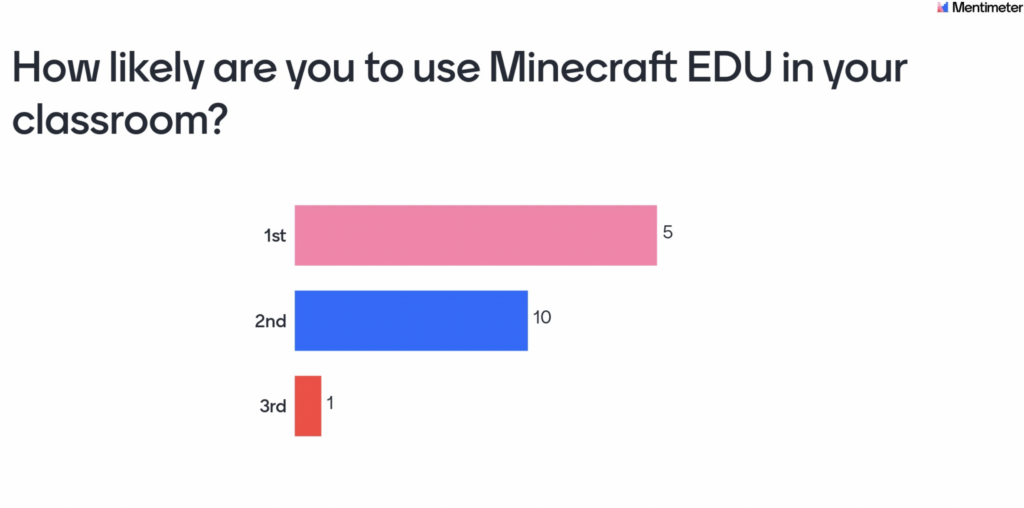
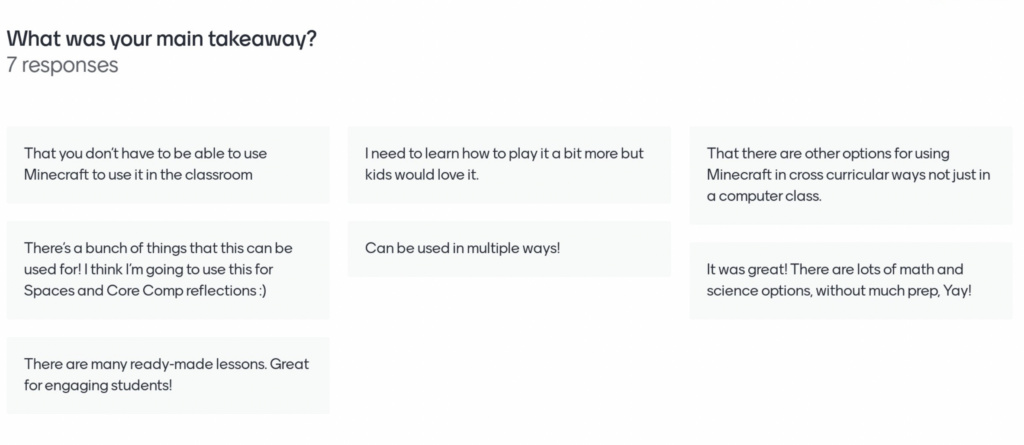

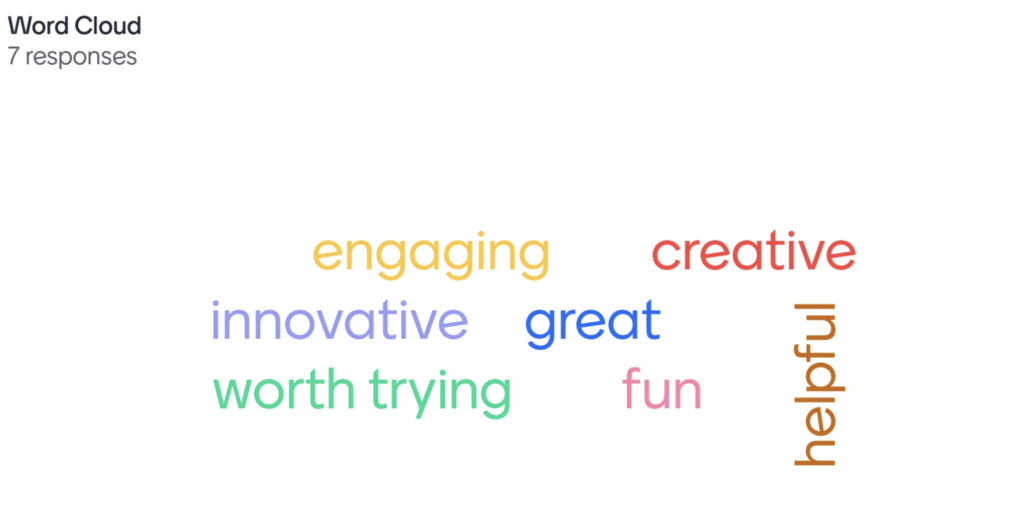
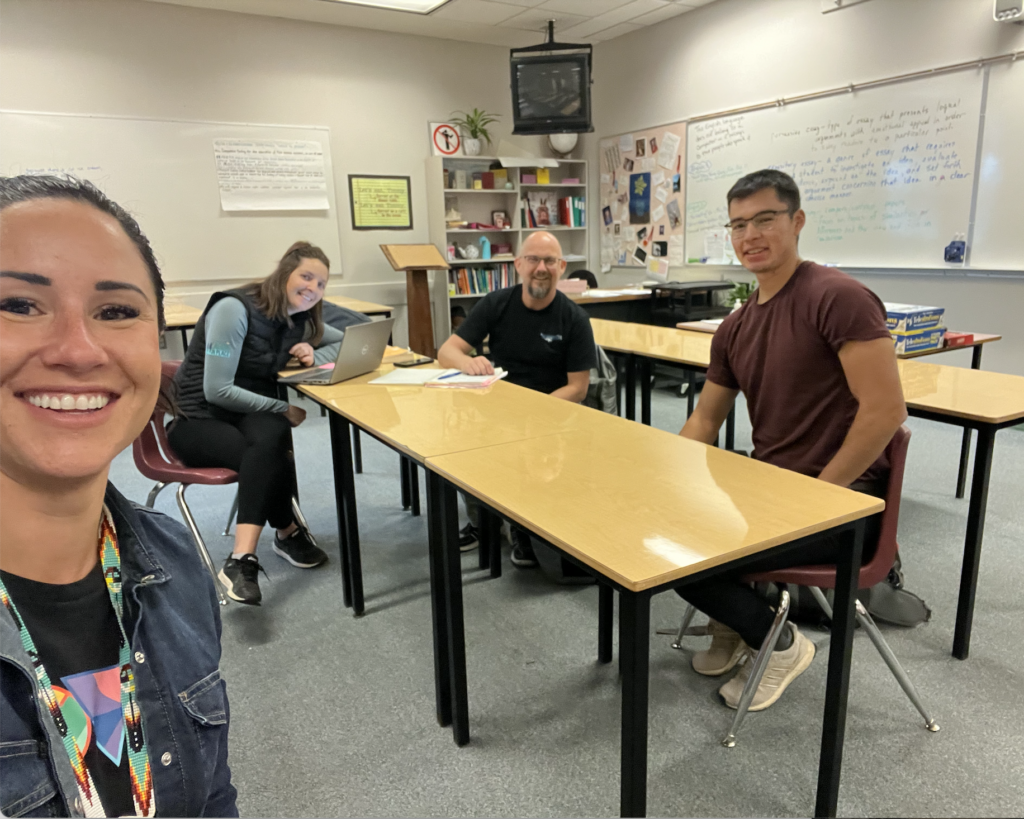
Recent Comments